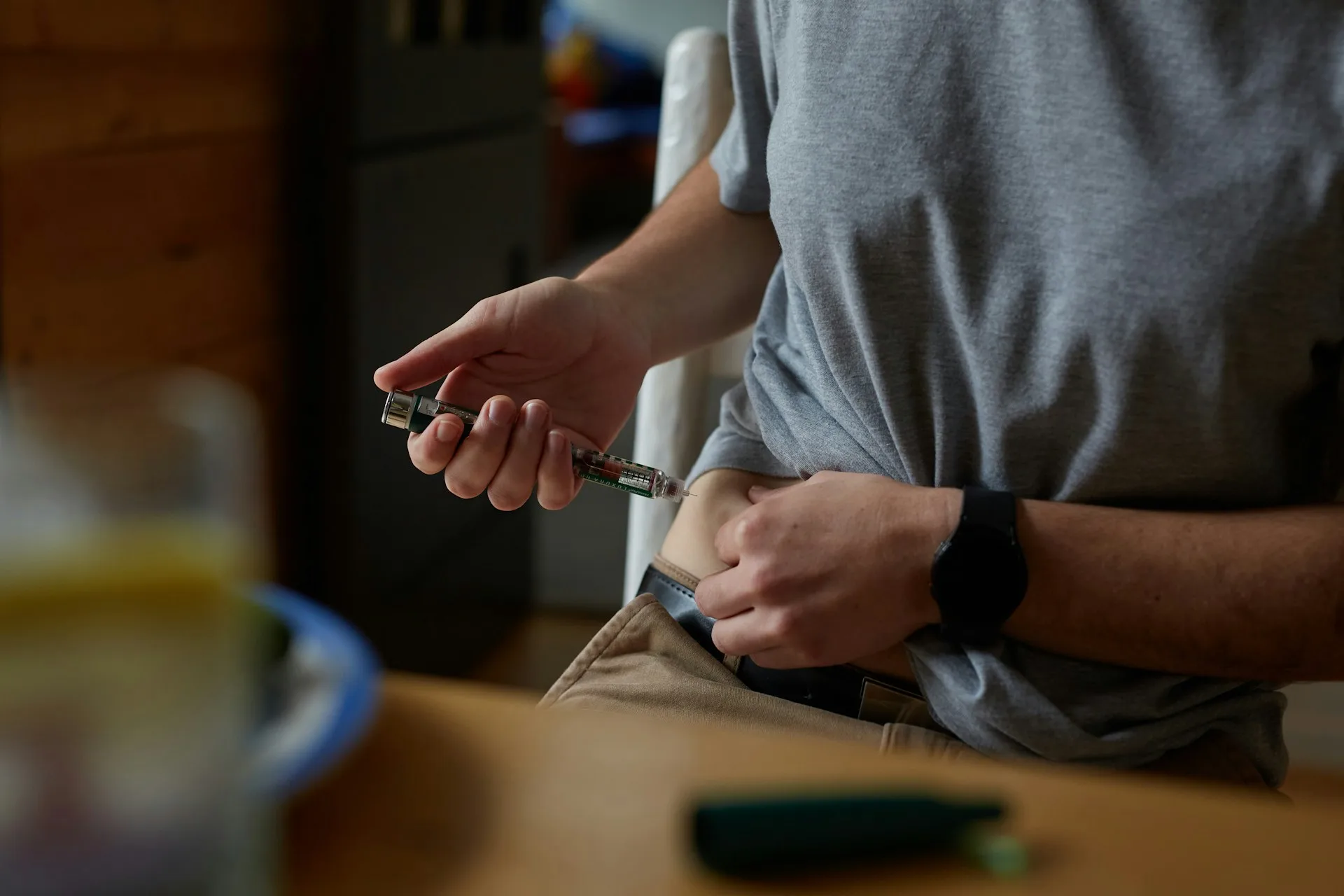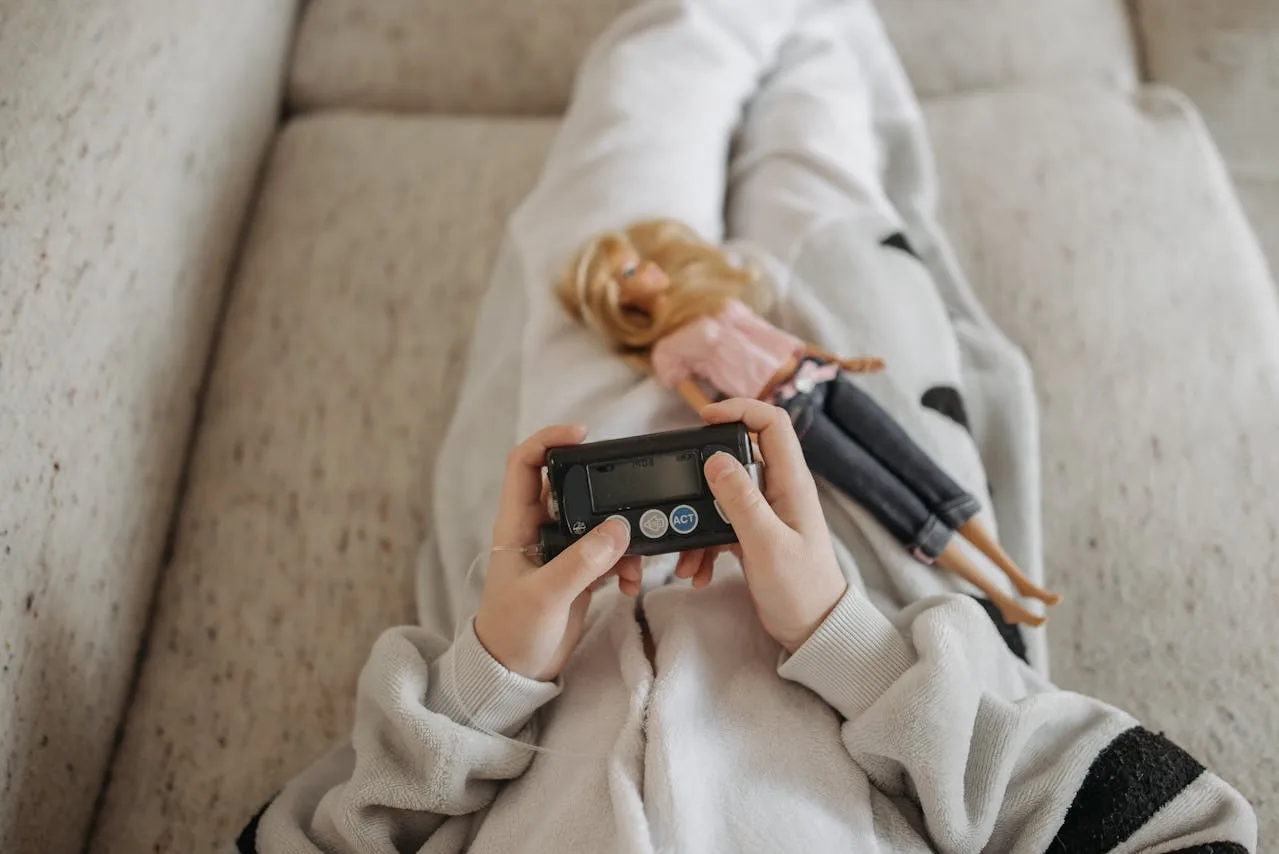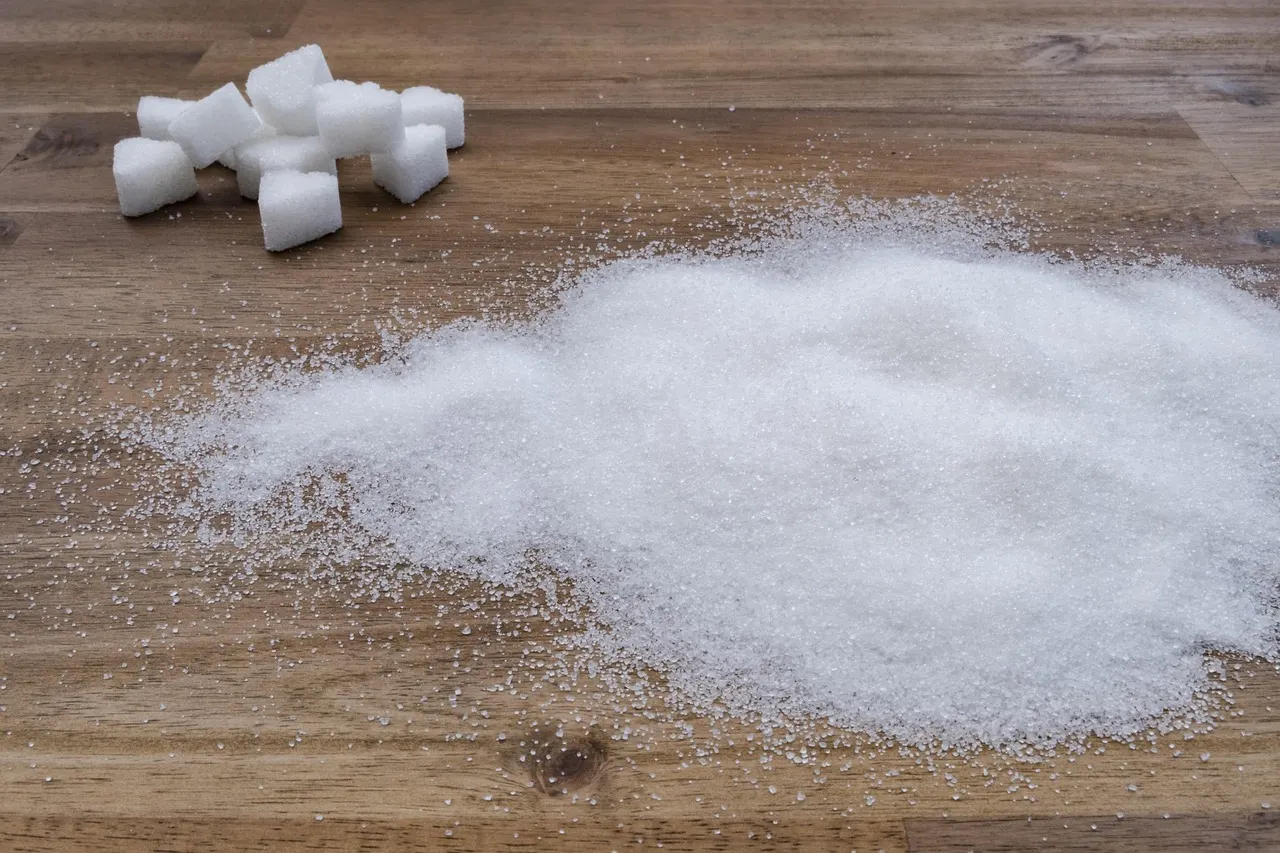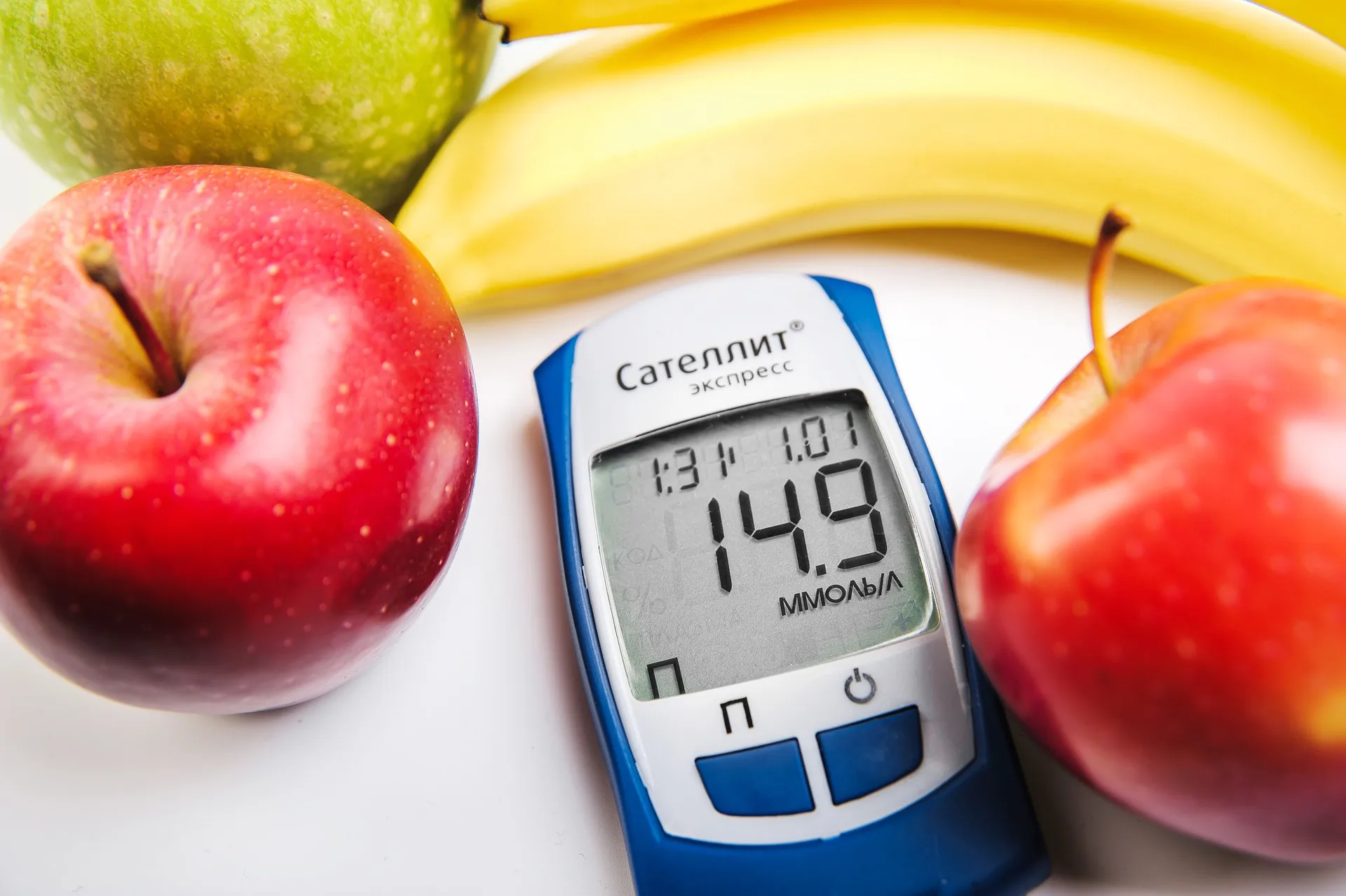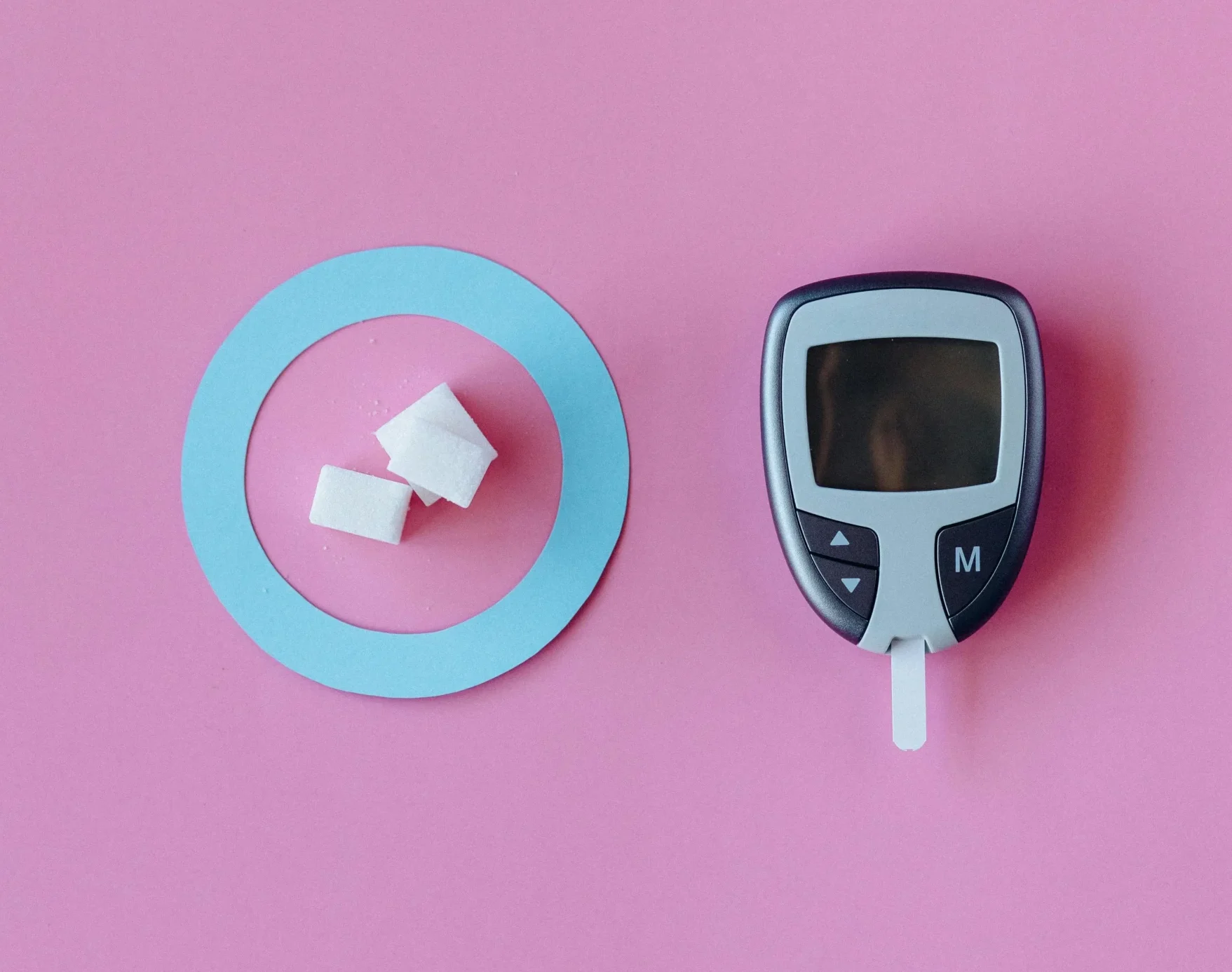Insulin is a hormone that enables your body’s cells to use glucose for energy. It is produced by beta cells of your pancreas, a large gland in your abdomen just behind the stomach.
When you consume a meal, snack, or a sugary drink, the carbohydrates taken in are broken down into smaller simpler sugars, including glucose (the main source of energy in the body). Glucose is then taken up into the blood from your small intestine. The increase of glucose in the blood signals the pancreas to increase insulin production.
Insulin attaches to insulin receptors on body cells and causes them to take up glucose from the blood. In the liver, excess glucose is stored as glycogen.
Glucagon, a hormone produced by the alpha cells of your pancreas, is released when you have low blood glucose. Blood glucose levels decrease during periods of activity or between meals. In the liver, glucagon stops the conversion of glucose to energy and increases how much glycogen is converted to glucose. The excess glucose in the liver cells is eventually released into blood.
What is the relationship between diabetes and insulin?
Diabetes is when your blood glucose (sugar) levels are higher than normal. It happens when your body produces little insulin or when your body cells are not sensitive to insulin.
The main types of diabetes are:
- Type 1 diabetes: Here, your body’s immune cells attack and destroy the beta cells. Your blood sugar levels will then rise because you lack insulin. Type 1 diabetes is more commonly diagnosed in children.
- Type 2 diabetes: This is the most common type of diabetes. It happens when body cells are resistant to insulin produced by the pancreas. This causes the pancreas to increase insulin production. Over time, the beta cells burn out and start to malfunction. Eventually, insulin production decreases until it can no longer overcome insulin resistance.
Uncontrolled high blood glucose can cause serious complications like kidney disease, stroke, eye problems, nerve damage, and skin infections. Taking insulin or other diabetes medications can help prevent these complications.
Because people with type 1 diabetes lack natural insulin, they must receive artificial insulin.
With type 2 diabetes, healthy lifestyle habits and other diabetes medications may be enough to maintain healthy blood sugar levels. When they cannot control blood sugar adequately, artificial insulin might be added to one’s treatment.
What are the types of artificial insulin?
Even though all types of insulin work the same way, they differ in how fast they start working and how long their effects last.
Depending on factors like age, lifestyle, other medical conditions, blood sugar levels, and how well your body absorbs and uses insulin, a healthcare professional will determine the appropriate dosage and type of insulin for you. You might also need to combine two different types of insulin.
The main types of insulin include:
I. Rapid-acting insulin
This is usually taken just before meals. It starts working within 15 minutes. It is most effective (peaks) 30 minutes after taking it and wears off in 3–5 hours.
Types of rapid-acting insulin include:
- Insulin lispro (Humalog, Admelog, Liprolog)
- Insulin aspart (NovoLog, Fiasp, NovoRapid)
- Insulin glulisine (Apidra)
- Inhaled insulin (Afrezza)
II. Short-acting insulin
This insulin is also taken before meals. It starts working within 30 minutes, peaks 2–3 hours after taking it, and works for 6–8 hours. Short-acting insulin is also called regular insulin and examples of it include: Humulin R, Novolin R, and Actrapid.
III. Intermediate-acting insulin
This starts working within 4 hours, peaks between 4–12 hours, and is active for 16–24 hours. To help control blood sugar levels throughout the day, this insulin is typically taken twice a day.
Isophane, or NPH insulin (Novolin N, Humulin N, Insulatard) is a type of intermediate-acting insulin.
IV. Long-acting insulin
This type of insulin is peakless, starts working within 2 hours, and works for up to 24 hours. It is usually taken once a day and may be prescribed alongside rapid-acting or short-acting insulin.
Types of long-acting insulin include:
- Insulin detemir (Levemir)
- Insulin glargine (Lantus, Basaglar, Toujeo)
V. Ultra long-acting insulin
This type of insulin is also peakless and is administered once a day. It starts working within 6 hours and its effects last 42 hours or longer. Insulin degludec (Tresiba) is a type of ultra long-acting insulin.
VI. Pre-mixed insulin
When you need to use more than one type of insulin, a doctor may prescribe an insulin preparation that contains a combination of insulin types. Pre-mixed insulins contain a combination of an intermediate-acting insulin and a rapid-acting or short-acting insulin. They help to reduce the number of daily injections you receive.
Pre-mixed insulins start working within 5–30 minutes and are active for 14–24 hours.
Types of pre-mixed insulins include:
- Insulin isophane/regular insulin (Humulin 70/30, Novolin 70/30)
- Insulin lispro protamine/insulin lispro (Humalog Mix 50/50, Humalog Mix 75/25)
- Insulin aspart protamine/insulin aspart (NovoLog Mix 70/30, NovoLog Mix 70/30 FlexPen)
To reduce the daily injection burden and offer better blood sugar control, certain preparations combine longer acting insulins and glucagon-like peptide-1 (GLP-1) receptor agonists. GLP-1 receptor agonists are injectable medications which are used to manage obesity and to treat high blood sugar in people with type 2 diabetes.
Examples of pre-mixed insulin/GLP-1 receptor agonists include:
- Insulin degludec/liraglutide (Xultophy)
- Insulin glargine/lixisenatide (Soliqua)
How is insulin administered?
At the moment, insulin cannot be taken as an oral pill. When taken orally, the digestive system inactivates insulin by breaking it down into small fragments. Current insulin administration methods allow the medication to bypass the digestive system.
Insulin administration methods that may be available to you include:
I. Subcutaneous
This is the most common method of administration. Using a syringe, insulin pen, or insulin pump, insulin is injected into the fat layer just under the skin. A healthcare professional will help you determine what type of injection to use and how to self-administer insulin with the chosen method.
Insulin is typically injected under the skin of the abdomen, thighs, upper buttocks, or upper arms. To prevent lumps of fat from forming under the skin, you need to keep on changing where you inject insulin.
II. Intravenous
Here, insulin is injected into a vein. Intravenous insulin administration is used in the hospital to treat medical emergencies that require quick and close control of blood sugar levels.
Most commonly, intravenous insulin is used to treat acute complications of diabetes like diabetic ketoacidosis (DKA) and hyperosmolar hyperglycemic state (HHS).
III. Inhalation
Here, you breathe in insulin through a handheld medical device called an inhaler. Inhaled insulin (Afrezza) is rapid-acting and is usually given alongside other types of insulin.
Inhaling insulin may cause cough, throat irritation, and headache. Do not use inhaled insulin if you smoke or have chronic lung diseases like asthma and chronic obstructive pulmonary disease (COPD).
What are the side effects of insulin?
Hypoglycemia (low blood sugar level) is the most common side effect of insulin. This life-threatening problem is caused by taking more insulin than needed and usually happens in older people, those who have had diabetes for long, and people with kidney disease. When taking insulin, it is important to regularly monitor blood sugar levels, be able to identify symptoms of hypoglycemia, and adjust insulin levels with changes in activity and food intake.
Some common symptoms of hypoglycemia are: sweating, tremors, anxiety, dizziness, blurry vision, seizures, and loss of consciousness. Seek immediate medical help if you notice these symptoms.
Other side effects of insulin therapy include:
- Weight gain
- Allergic reaction at the injection site. This can cause pain, itching, redness, or swelling.
- Lipohypertrophy. This is accumulation of fat tissue under the skin, causing it to appear lumpy. It happens when you continuously inject insulin at the same site.
- Lipoatrophy (loss of fat tissue) is a rare complication of injecting certain types of insulin.
- Swelling of the hands or feet.
What other conditions can be treated with insulin?
Apart from the long-term control of blood sugar levels in people with type 1 and type 2 diabetes, insulin can be used to manage other conditions such as:
- Gestational diabetes. This where someone has high blood sugar during pregnancy.
- Maturity-onset diabetes if the young (MODY). This is a medical condition of high blood sugar levels due to mutations that cause reduced insulin production from the pancreas.
- Diabetic ketoacidosis (DKA) and hyperosmolar hyperglycemic state (HHS)
- Stress hyperglycemia. This is a short-term increase in blood sugar levels due to illness-related stress in people who were previously non-diabetic.
- High blood potassium levels (hyperkalemia)
How should insulin be stored?
Insulin that you’re currently using should be stored at room temperature and used within the number of days shown in the instructions for use. Insulin pens and vials that are not in use should be stored in a refrigerator.
Store all insulin in a place away from direct heat and sunlight. Do not store insulin in a freezer.
Check the expiration of any insulin before using it and safely dispose it off if expired or frozen.
What should I do if I miss a dose of insulin?
If your blood sugar control is dependent on insulin therapy, you should adhere to the frequency and amount of insulin recommended by your doctor or pharmacist. Poor adherence increases your chances of getting high blood sugar-associated complications.
In case you miss a dose of long-acting insulin, you can take the usual amount of insulin within 2 hours. If you miss a pre-meal dose of rapid- or short-acting insulin, you can take a smaller dose to help reduce your post-meal sugar levels without causing hypoglycemia.
In any instance of a missed insulin dose, contact a healthcare professional to help you determine the most appropriate next step. You should also make sure you measure your blood sugar levels often, whether you have taken a correction dose of insulin or not.
Never take 2 doses of insulin to compensate for a missed dose. This can cause severe hypoglycemia.
What should I remember?
Insulin is a vital hormone that helps regulate blood sugar levels. For people with diabetes, it plays a key role in managing their condition and preventing complications. Understanding how insulin works and following your healthcare provider’s advice can make a big difference in controlling your blood sugar.
If you or your loved one uses insulin, it’s important to store it properly, use it as prescribed, and monitor your blood sugar regularly. These steps help ensure it works effectively and reduces the risk of side effects. If you experience issues like low blood sugar, seek medical guidance promptly.
Always consult your healthcare provider for tailored advice and support in your diabetes care journey.

